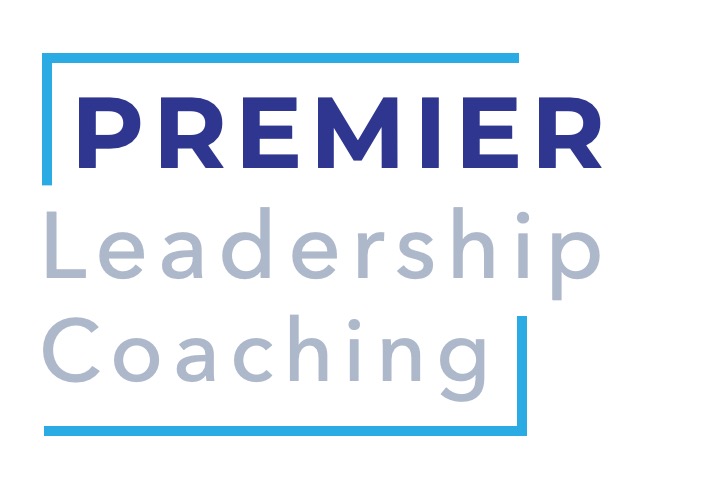When it comes to refined white sugar, the more you eat, the more you want. When you cut yourself off, your body craves more. Then assuming you stick it out, forty-eight hours later, viola, no more sugar addiction. Your sweet tooth is gone.
Although it is not to sugar, your attention span is an addict too. However, here the culprit is a never-ending stream of distractions. We are hooked on constant stimulation, multitasking and the like. This all has negatively impacted our ability to concentrate. Whereas we used to be able to buckle down and go the distance, our attention span now cries out for diversions.
According to the Wall Street Journal, our average attention span halved in the decade between 1998 and 2008. We have unwittingly conditioned ourselves for sprints of mental intensity, but when it is endurance that is required, we can’t hack it. The same way you try to negotiate your way to just one more bite of the sweet stuff once you’ve gone cold turkey, you rationalize a cursory email check, a quick text, and a peek at the daily Groupon even though what you really need is to focus at all costs.
There are plenty of reasons for this backward evolution, none of which are earth-shattering. Principal among them is that email congests our inbox at an ever-increasing pace making the attempt to manage it very tempting. However, when you give in, you know all too fast what Sisyphus must have felt like. Talk about an exercise in frustration.
It still begs the question “How do you get this particular monkey off your back?” If you can manage to shake it, you will find that once you get past the initial withdrawal you will be left with the ability to drill down for the long haul. Here are some approaches to help you on your way.
Out of Sight, Out of Mind. This is straight from Michael Bungay Stanier’s bag of tricks. Before you begin your work, do two things. First, rate on a scale from one to seven the level of intention with which you will pursue your project. Second, figure out what you need to do to reach your goal. For instance, before I began this post I decided that I wanted my level of focus to be at a six while I wrote. Then, I identified my cell phone, email, and Firefox as tempting diversions and either put them out of my reach or shut them down completely. In the event my brain started searching for something else to do, it would come up empty-handed.
Putting the Best First. Typically, we do the little stuff first and save the big, substantive, and hard stuff for last. You know what I am talking about. You get into your office and what do you do first? Check your email. Then you turn to your voicemail, return a few calls, have a meeting or two, and then, then you start drafting that brief, analyzing that data, or designing that presentation. It is time to turn this on its head. Confront the strategic portion of your workload head-on. Start your day with your most important piece of business. Begin with the thing you are dreading the most. Not until you complete, or at least dedicate a chunk of time to the assignment that is going to require the most mental energy can you turn to something else such as opening your mail.
Go on a Diet. The “No S” diet is predicated on the simple rule that one should not have sweets, snacks or seconds except on days that start with the letter “S.” It can be modified and applied here too. Select certain days of the week where you give your attention span permission to wander. At all other times, require discipline and focus. If designating entire days as “no distraction days” is too daunting, you can begin by picking a couple of hours a day. For example, decide that from nine to eleven you are going to only work on one thing at a time. For the rest of the day you can allow yourself to jump between tasks. Or you could say that while you are on the phone you will give the person on the other end one hundred percent of your attention by not checking email. But once the call is over, all bets are off.
Which one of these approaches will you try? Instead of throwing up your hands and checking Facebook, keep a log of how you are doing. Track what is working and what is not. Once you have done that, you are free to play a round of Angry Birds.
